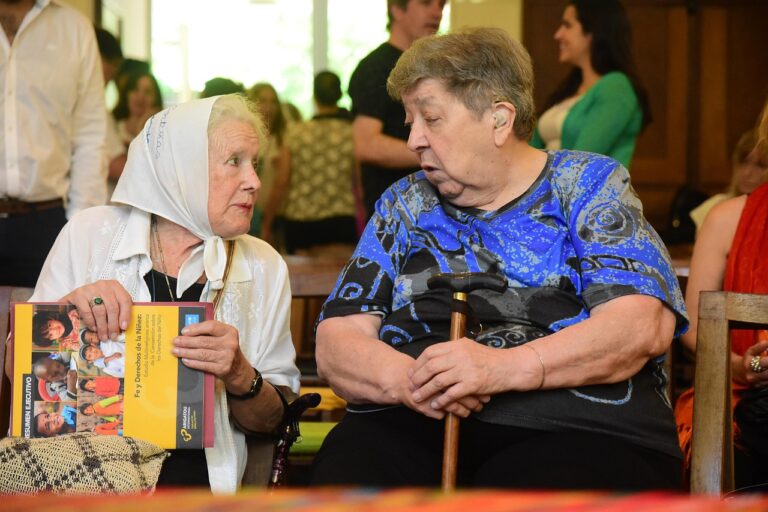Over my 15 years as a genealogy expert, I’ve seen many people make the same mistakes when researching their family trees. While these errors are common, they can lead to dead ends or even incorrect connections.
The good news is that with a little awareness and care, you can avoid these pitfalls and make your ancestry journey smoother and more accurate.
Common Mistakes in Genealogy and How to Avoid Them
One of the biggest mistakes is relying too heavily on online family trees. Websites like Ancestry.com and MyHeritage are fantastic resources, but they’re only as good as the information people put into them. I’ve seen countless trees where someone copied incorrect data, and then others copied it again, creating a chain of errors. Always VERIFY any information you find online with original records like birth certificates, census data, or marriage licenses.
Another common error is ignoring historical context. For example, if you find an ancestor listed as a “farmer” in one census and a “factory worker” in the next, it’s easy to assume they changed careers. But if you look at the time period, you might discover that the Industrial Revolution was drawing people from rural areas to cities. Understanding the broader historical picture can help you make sense of your ancestors’ choices.
Spelling variations are another trap. Names were often recorded phonetically, especially if your ancestors immigrated to a new country. I’ve seen the surname “Schmidt” spelled as “Smith,” “Smit,” or even “Schmitt” in different records. Be flexible with spelling and try searching for alternate versions of names.
Jumping to conclusions is another mistake I see often. Just because two people share the same name doesn’t mean they’re related. I once worked with a client who was convinced they were descended from a famous historical figure, only to discover that the person in question was a distant cousin, not a direct ancestor. Always double-check your connections and look for multiple sources to confirm relationships.
Finally, don’t forget to document your sources. It’s easy to get excited about a discovery and forget to note where you found it. But without proper documentation, you might struggle to retrace your steps or verify your findings later. Create a system for organizing your research, whether it’s a spreadsheet, a notebook, or a genealogy software program.
Genealogy is a journey, and like any journey, it’s bound to have a few wrong turns. But by avoiding these common mistakes, you’ll save yourself time and frustration — and you’ll be more likely to uncover the true stories of your ancestors.




